What is Feng Shui?
Feng Shui (pronounced "fung-shway") is the art and science of understanding and harnessing the "QI" or energy that permeates everything in our environment to improve our health and achieve our goals.
Feng Shui's origins began with the practice of "Kan Yu," which means:
Kan refers to how Heaven and Time influence Yu, the Earth.
"Raise the head and observe the sky above. Lower the head and observe the earth around us."
- Meaning of Kan Yu
Feng Shui translates as "Wind and Water," which is symbolic of "Force and Matter."
Force is Yang energy that descends from the heavens and is active and positive (Masculine).


Water is Yin energy and represents the material world and is passive and negative (Feminine). The interaction between Yang and Yin generates the power to create matter.
Understanding Yin and Yang's concept is fundamental to Feng Shui's practice as it represents the duality present in all creation.
"The mystical universe of Yin and Yang is the root of universal life."
- Lao Zi Tao Te Ching
These energies - part of Life Force or Qi - are constantly in motion, interacting together. They demonstrate how movement occurs between the Microcosm and Macrocosm.
The "Qi "or energy in Matter is classified into different stages. This system is called Wu Xing and is translated into "Five Transitional Phases." This principle is also known as the" Five Elements."
To repeat, Yin and Yang's energies combine to create matter. The Five Elements(Fire, Earth, Metal, Water, Wood) are the consequence of the interaction between the Yin and Yang forces during the Five Phases. One element evolves into the other.
"The Two gave birth to the Three. The three gives birth to the ten thousand things. All things are held in Yin and carry Yang: All are held together in teaming energy."
- Lao Zi
Quantum Physics now teaches us that our material world's most fundamental building blocks are waves (energy) and particles (physical matter). Einstein's famous equation demonstrates that energy and matter are intrinsically related, that they are one and the same and are interchangeable.
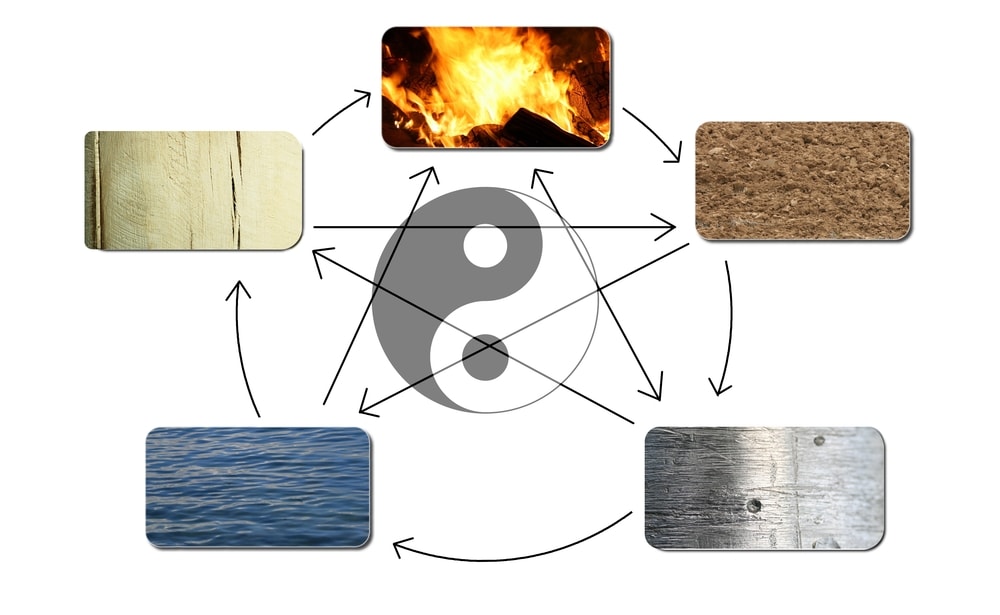
Every object in our environment releases its own Qi or vibration. All colors, textures, and furnishings consist of at least one of these elements.
The primary purpose of Feng Shui is to analyze the Qi in the environment (exterior and interior) in order to find imbalances. The practitioner then determines the influences active in that environment and makes suggestions to create optimal harmony with those influences.
- When the elements are balanced, Qi flows smoothly from one stage to another. We can feel the positive ions in the air. Such balance leads to improved health and clear, effective thinking. With these benefits, we are more empowered to achieve success in our lives.
- If the flow of energy is blocked or imbalanced, it will manifest outwardly in all life areas, affecting everything. We may suffer from ill health and struggle to get things accomplished.
Traditional Classical Feng Shui's practice incorporates the natural elements to create balance, such as a fountain for water, plants for wood, lighting, and candles for fire, terracotta pots for the earth, and metal objects for metal are just a few examples.
Feng Shui has also been associated with the Taoist religion, superstition, good and bad luck, trinkets such as money toads, bamboo flutes, hanging crystals, Chinese coins, and the correct placement of mirrors. Pop Culture and New Age interpretations have oversimplified Feng Shui, creating a misunderstanding of this ancient practice and reducing its credibility.
Today, the common perception of Feng Shui is more closely related to Interior Design, good space planning, and the correct placement of particular objects to improve flow and attract wealth. This is also known as the Art of Placement, which has very little to do with Traditional Classical Feng Shui principles.
Feng Shui is not a religion. According to Traditional Classical Feng Shui Masters, Western Feng Shui - introduced and popularized in the 1980s - is partially responsible for the misconception that it is a religion or occult. According to Feng Shui Master Joey Yap, "Certain practices that have sprung out of it have led to the perception of Feng Shui as being on par with the occult, with it's chanting, rituals, prayers, and most significantly, emphasis on believing or having faith in its practices for it to work."
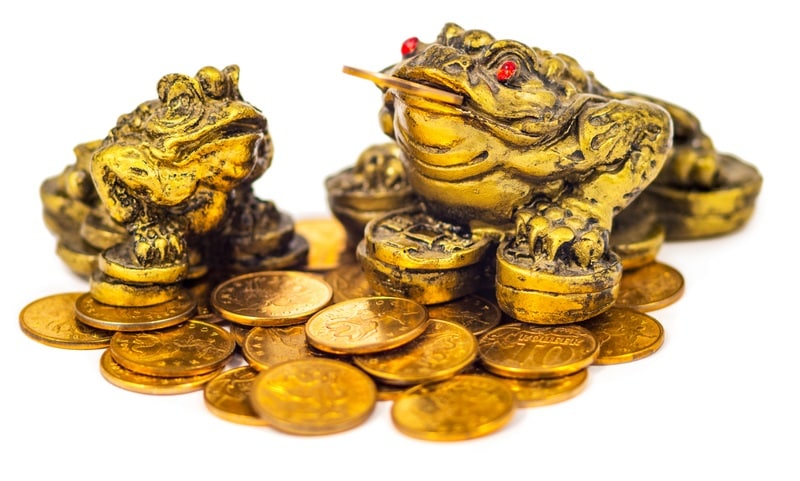
The popularization of Feng Shui in the west derived from the creation of what we now know as Western, Intentional, or New Age Feng Shui, evolved from BTB or Black Hat Sect Feng Shui. This movement was introduced to the United States by Thomas Lin Yun, a Black Hat Sect Tantric Buddist Master. His conception of it includes a mixture of Tibetan Buddhism and Taoism. It incorporates the Power of Intention, the use of symbolic items, Psychology, and a Spiritual approach to Feng Shui.
Western Feng Shui has no bearing on the True Directions (compass directions) used by Traditional Classical Feng Shui. It also has a simplified the Bagua Map into "Eight Life Aspirations (ex, South = Fame, North = Career, Southwest = Romance). This simplified rendition is a reasonably new - and inaccurate - concept.
For example, in Western Feng Shui:
- The front of a house is always North
- The back of a house is always South
This is a highly inaccurate oversimplification. In fact, applying Western methods may actually cause harm because elemental enhancements can be put into the wrong place according to true compass directions. Instead of providing a cure, it can actually contribute to even further imbalances. And while the Law of Attraction is very powerful , it has little to do with Traditional Classical Feng Shui's practice. Symbolic enhancements can be used if they are made of an essential element and placed in the correct location based on a true compass reading.
Western Feng Shui has developed a cult following in the US, but Traditional Feng Shui Masters do not recognize it.
Kan Yu - The Science of the Ancients
To understand Traditional Classical Feng Shui, we must go back to its origins, which evolved from Kan Yu's practice. Naturally, our ancient ancestors knew that our planet was an integral part of the Universe and highly attuned to their natural surroundings.
Over an indeterminable amount of time, they acquired the wisdom of the interactions of forces in the environment, how it impacts our quality of life, and how to harness this for vitality and maintain harmony.
During that time our ancestors developed into brilliant engineers and architects skilled in advanced geometry. They utilized physics, astronomy, mathematics, the cardinal directions, and topography to establish seats of government, design temples, observatories and monasteries in locations with an abundance of good energy (source: www.sacredsites.com).
Members of those advanced civilizations knew then what we have finally understood by studying Quantum Physics. We are still baffled by how they accomplished what they did.
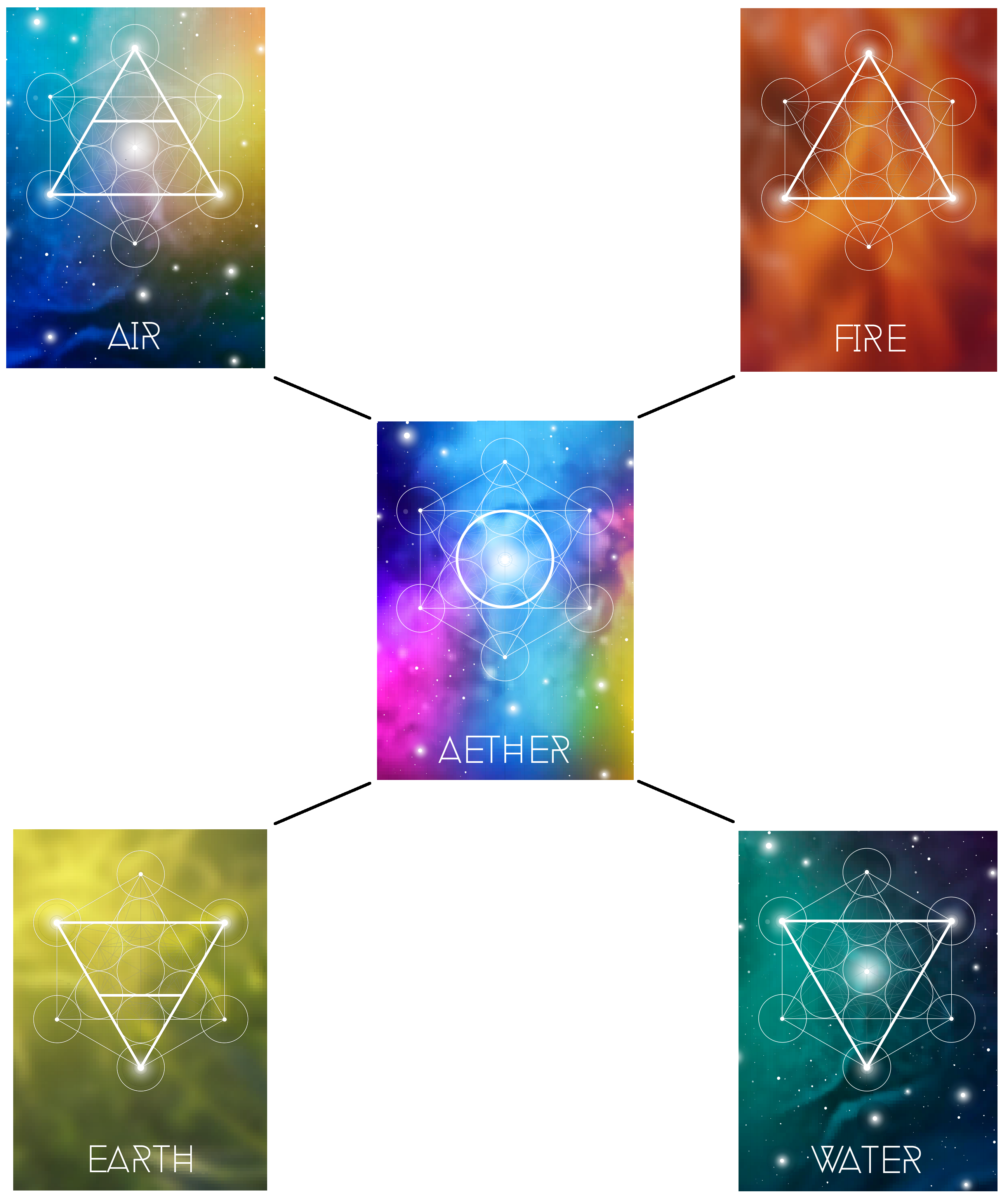
Spiritual Symbolism of Cheops (according to some teachings)
The building of the Four Square Man
Each side symbolizes:
- Body - Element Earth
- Mind - Element Water
- Spirit - Element Air
- Soul - Element Fire
Aether - ground surface of the pyramid - considered the "God Field" Qi, Prana, Universal Life Force
The union of the Masculine (Yang) and Feminine (Yin) principles and the balance between the two forces.
Bring all into harmony - Apex of the triangle - Fire of the Soul.
Pyramids, Stupa's, Steeples are physical representations of Man's quest for Ascension.
According to Chinese history, there are stories of ancient sages, Shaman Kings, or The Five Wandering Tribes who understood the ways of wind (force) and water (matter) and possessed knowledge that gave them power over the elements.
It is believed that these sages migrated and colonized many parts of the world, including China, after a great exodus following a climatic disaster in ancient Mesopotamia, bringing knowledge to create advanced civilizations. Kan Yu is thought to be part of the knowledge that developed into a practice that lead to the reverence of nature and belief in the unity of all things.
Form School is the oldest type of Feng Shui. Its principles were applied many years before the compass's invention. It developed from the study of land formations, observation of the Heavens' movements, Yin and Yang's principles, and Qi's flow.
It is believed that these principles originated from Humanity's aspiration to replicate Heaven on Earth. Freddy Silva finds the same concepts in practice in ancient temple architecture, as explained in his book The Divine Blueprint, Temples, Power Places, and the Global Plan to shape the Human Soul

Until the 1900s, Feng Shui Masters served emperors and nobility exclusively to preserve the emperor's powers, dynasty, and legacy. Kan Yu was used as a method to select sites for capitols, palaces, and grave sites. All capital cities in China utilized the principles of Feng Shui for their design and layout.
Over centuries, Feng Shui Masters refined their knowledge and conveyed it only to disciples. Feng Shui Masters were not permitted to share their expertise with the public, creating a mystery surrounding it. Because of the mystery, people began to become superstitious about Feng Shui.
The historical secrecy, plus the introduction of the simplified Western Feng Shui, has contributed to the misunderstandings people have today.
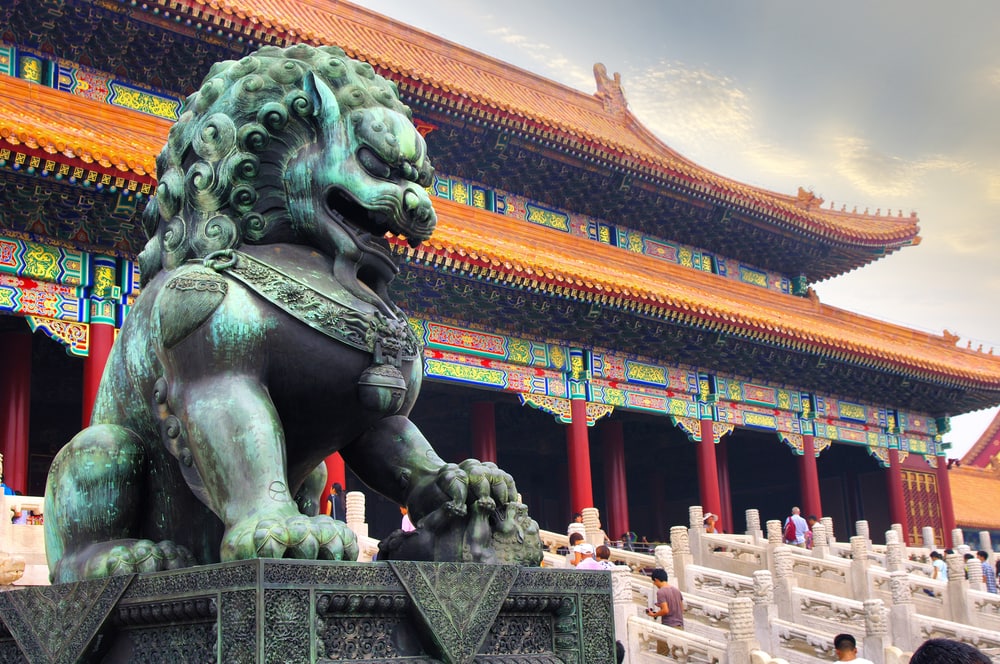
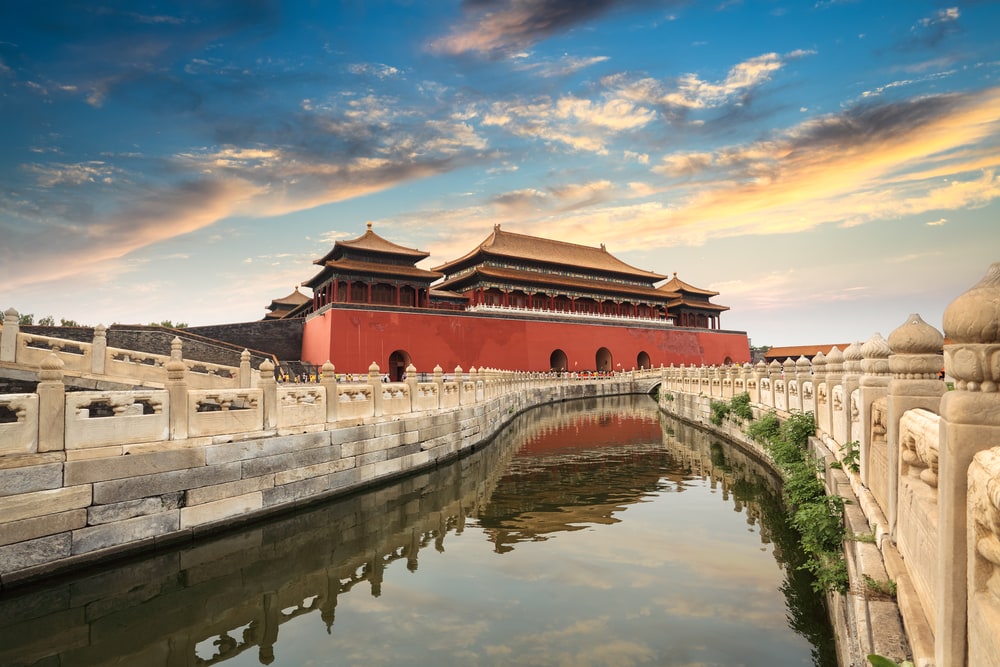
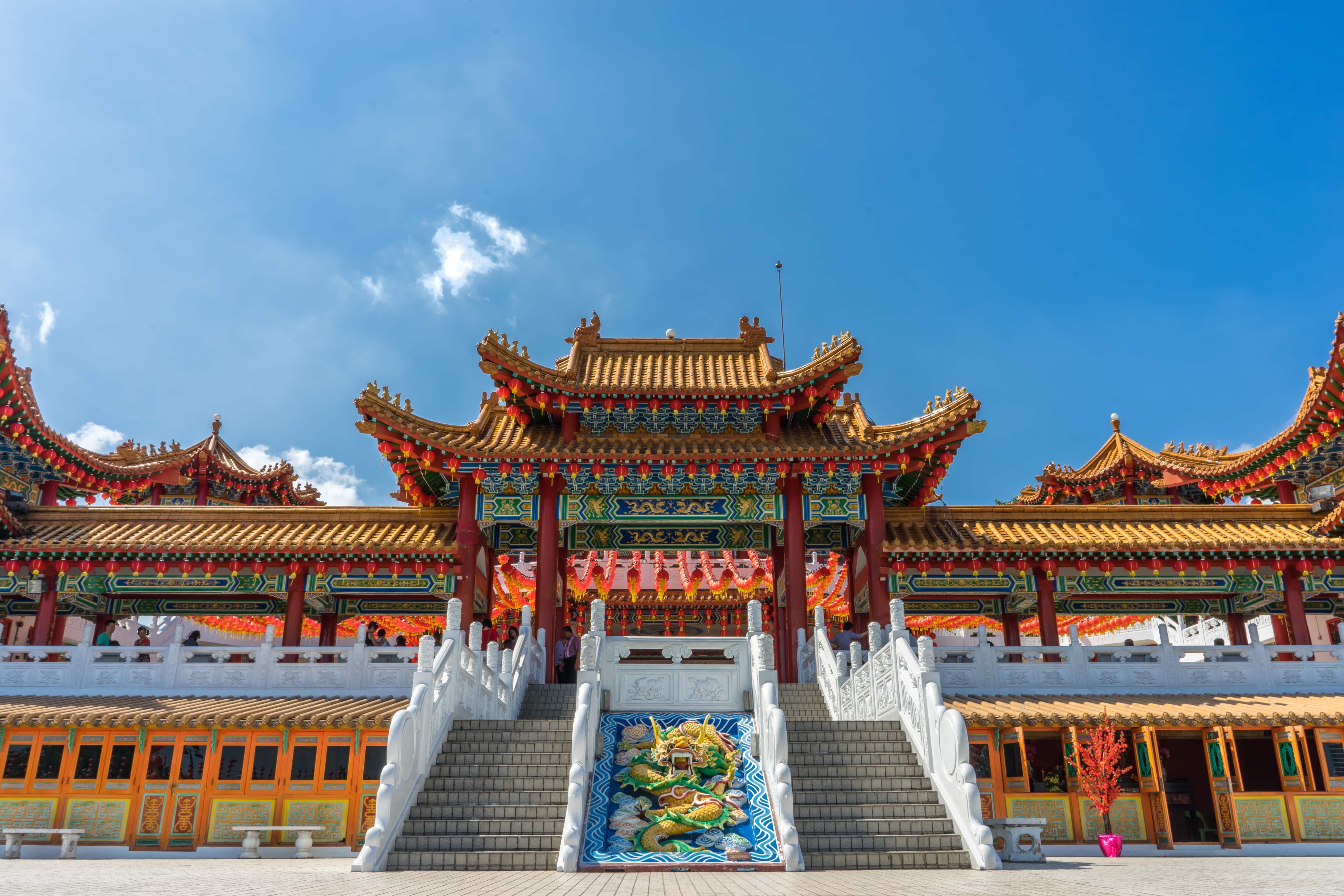
One of the many and most important distinctions between Traditional Classical Feng Shui and Western Feng Shui is Orientation. Classical Feng Shui practitioners use a Luo Pan or compass to determine the exact orientation of a building to create a customized natal chart for each location.
- The Ba Gua is a complex mathematical model of the Universe that provides eight "ways" based on Trigrams to determine how to use energy correctly.
- Each Trigram is associated with a direction. Trigrams or Guas are composed of three lines of either Yin (broken line) or Yang (solid line) energy.
- The interplay of these lines has been the basis of Chinese Metaphysics for thousands of years.

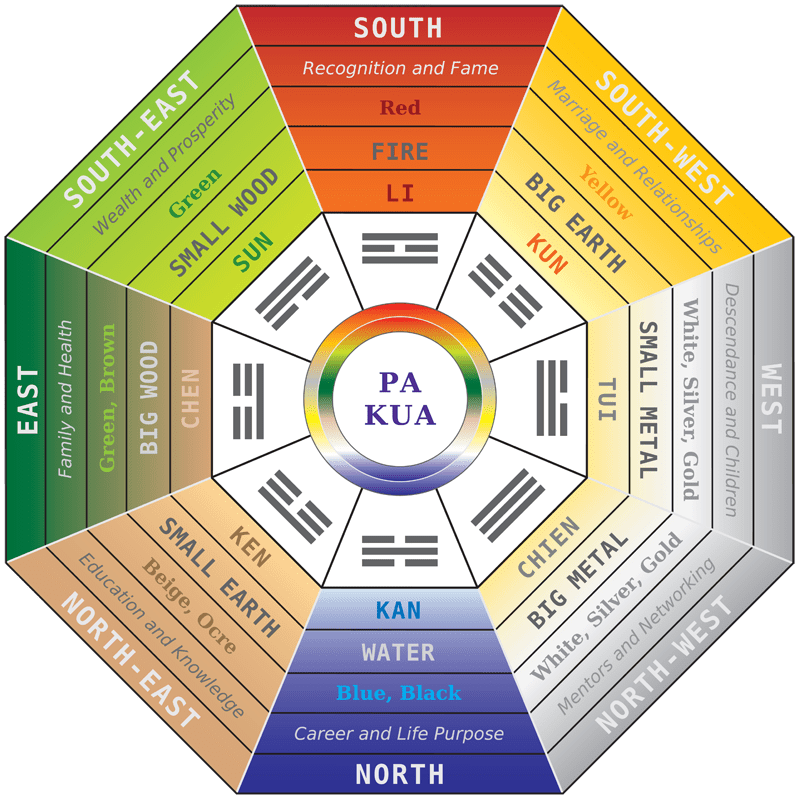
After years of studying ancient architecture and sacred sites, archeologists and other scientists have discovered many commonalities incorporated into the design of these structures. These commonalities include the "Seven Principles" as described in the book "The Divine Blueprint, Seven Principles of Sacred Space" by Freddy Silva:
- Water
- Electromagnetic
- Sacred Measure
- Stone
- Sacred Geometry
- Orientation
- The Human Key
Traditional Classical Feng Shui utilizes many of these principles.
Fascinating, isn't it? I specifically want to address the principle of Orientation. Temples that were built for a specific purpose were aligned accordingly and shared the same compass direction. Many buildings, such as the Pyramid of Giza and Xi'an in China, were aligned to the four cardinal directions. (Source: "The Divine Blueprint"). Buildings and temples were also built in alignment with the stars, the planets, and the precision of the equinoxes.
There are several methods or layers that are incorporated into a Traditional Classical reading.
Methods Incorporated into a Traditional Classical Feng Shui Reading
Form Method
The study of land forms, the flow of Qi, and Yin and Yang Principles. This includes analyzing natural features such as mountains, hills, lakes, rivers, trees, walls, fences, and buildings in urban areas. In Feng Shui, the Land Forms are represented by the Four Celestial Guardians.
- The Black Turtle: Large hill behind , quiet Yin energy, support from behind.
- The Green Dragon: Larger hill on left hand side if you are standing in doorway Flat looking out, Yang energy, support from the East.
- The White Tiger:The smaller hill on the right side if you are standing in the doorway looking out, Yin energy, support from the West.
- The Red Phoenix: Flat land in front of building, positive Yang energy, South direction.
Compass Method
Establishes the orientation of a building to determine the facing and sitting directions.
Ba Zhai/Eight Mansions
Defines, eight varieties of Qi, referred to Eight Wandering Stars. This method is applied to determine the auspicious and inauspicious locations in a building and if individuals are compatible with the buildings, they plan to occupy or currently occupy.
Ming Gua/Life Destiny Star
The Ming Gua or Life Gua is derived from a person's birth date. This information helps identify a person's individual Trigram, affiliated element, respective characteristics, compatibility with others, and favorable or unfavorable directions. It is compared with the Bazhai reading of the building. This method is used to help individuals overcome sleep challenges, health issues, relationship problems, and magnify prosperity.
Flying Star
Flying Star has been referred to as advanced Feng Shui by some and is considered one of the most important methods applied because it interprets energy on a deeper level. Flying Star recognizes that nothing ever remains the same. Energy changes over time, transforming auspicious energy into inauspicious energy and vice versa. This is why the Stars are said to fly.
There are 9 Stars, and each one is a specific type of Qi energy represented by a number, an element, and much more.
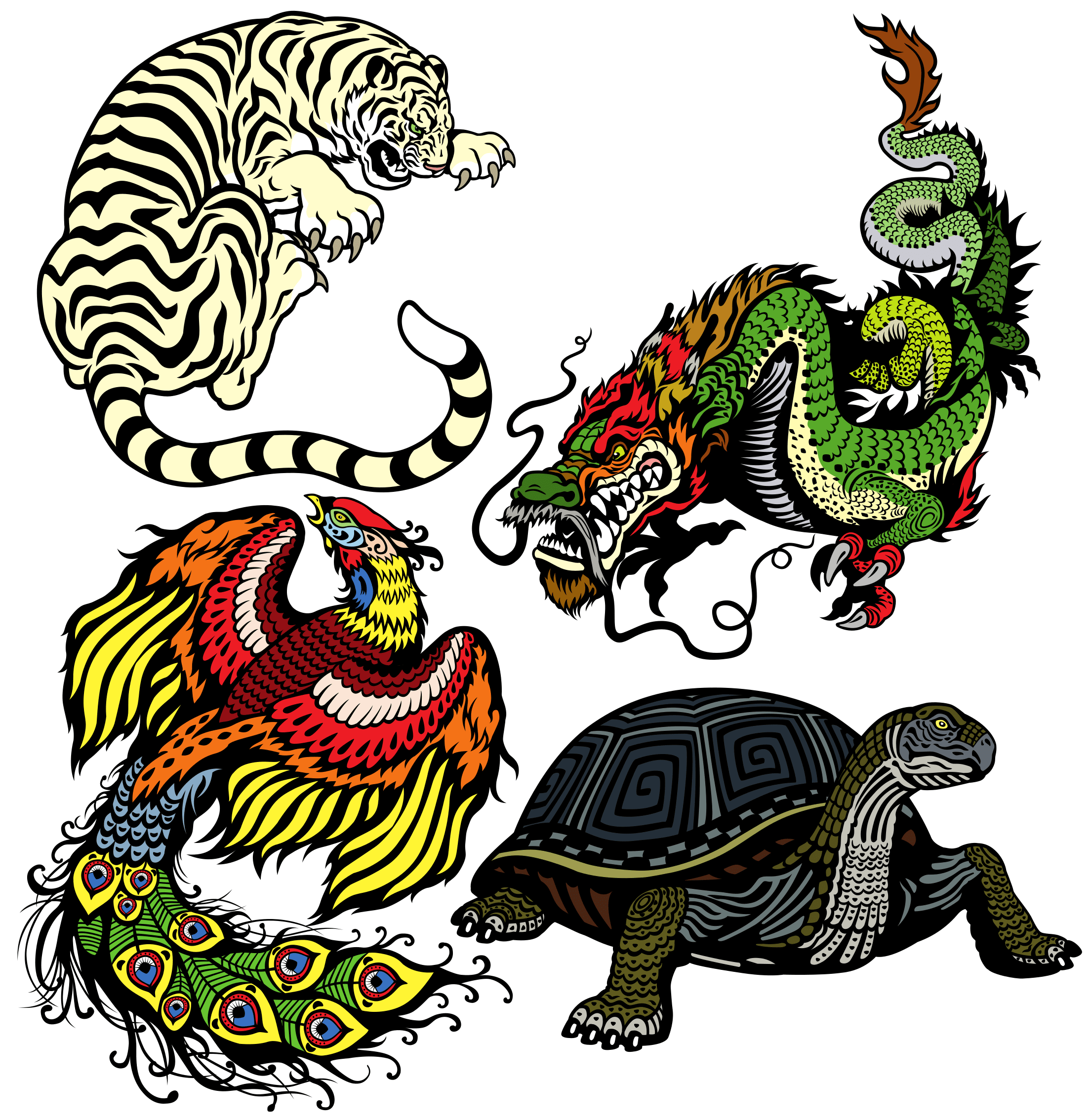
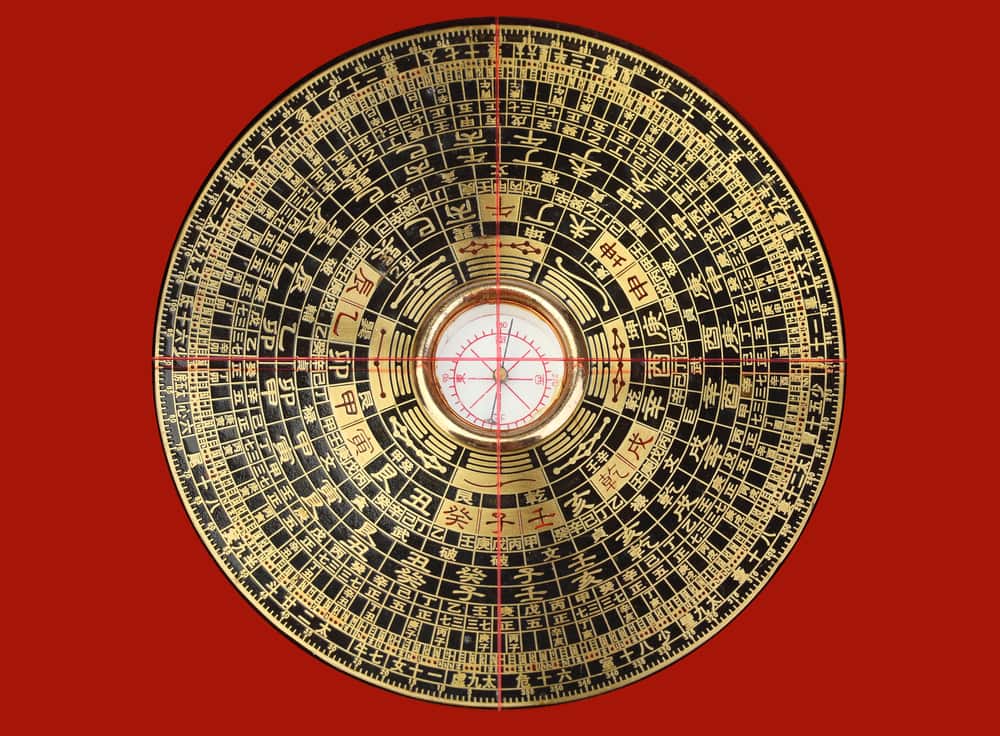
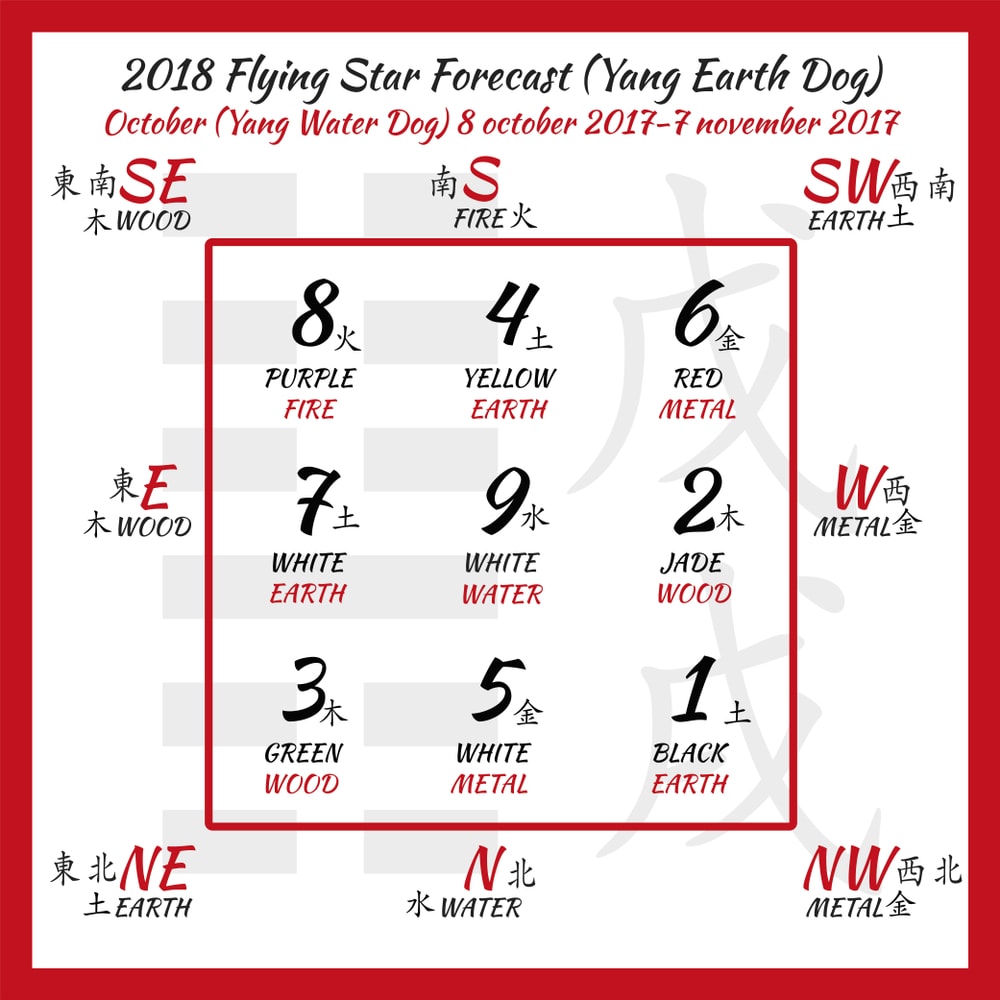
When the construction of a building is completed, the energy within remains inside. The construction date and Facing direction are then used to create a Natal Chart for each building.
The Natal chart allows the practitioner to analyze the pattern of the Stars, quality of Qi, and the flow of energy. This allows the practitioner to assess the physical ailments and challenges that may arise, and the persons most likely to be affected. It also provides solutions that enhance the auspicious energy and harmonize inauspicious energy.
A Flying Star chart is a tool that allows us to stay ahead of changes that may interfere with our quality of life. It also provides solutions that can improve the environment of those suffering from health challenges or who are recovering from illness. Typically, Flying Star charts are updated yearly but can be evaluated daily and monthly if needed.

Today, many successful people and large corporations hire Classical Traditional Feng Shui Masters to work in conjunction with Architects and Engineers to design their buildings. The list of these companies is extensive and includes:
- Bank of America
- Ford Motor Company
- CBS Studios
- Motorola
- Hilton Hotels
- Microsoft
- Trump Tower
- Hyatt Hotels
- Mercedez Benz
- ... and many more.
While we all cannot use Feng Shui to this degree, we can use it to select a home site, find an existing home or business location that is favorable to us, or use it to create a more supportive environment where we currently live and work.
When done correctly, The Principles of the Law of Attraction can be applied with an accurate analysis. The possibilities are endless!

Kandi Schuman Dole AS,CCFP, AFDP, CCH, Green AP
Allied Member of ASID (American Society of Interior Designers)
Phone: (919) 451-2601
Copyright © 2022 Kandi Schuman Dole and Tranquil Flow
Serving the communities of Raleigh, Cary, Chapel Hill, Carrboro, Durham, Hillsborough, Mebane, Burlington, Greensboro and Winston-Salem, including Durham, Orange and Wake Counties of North Carolina.




